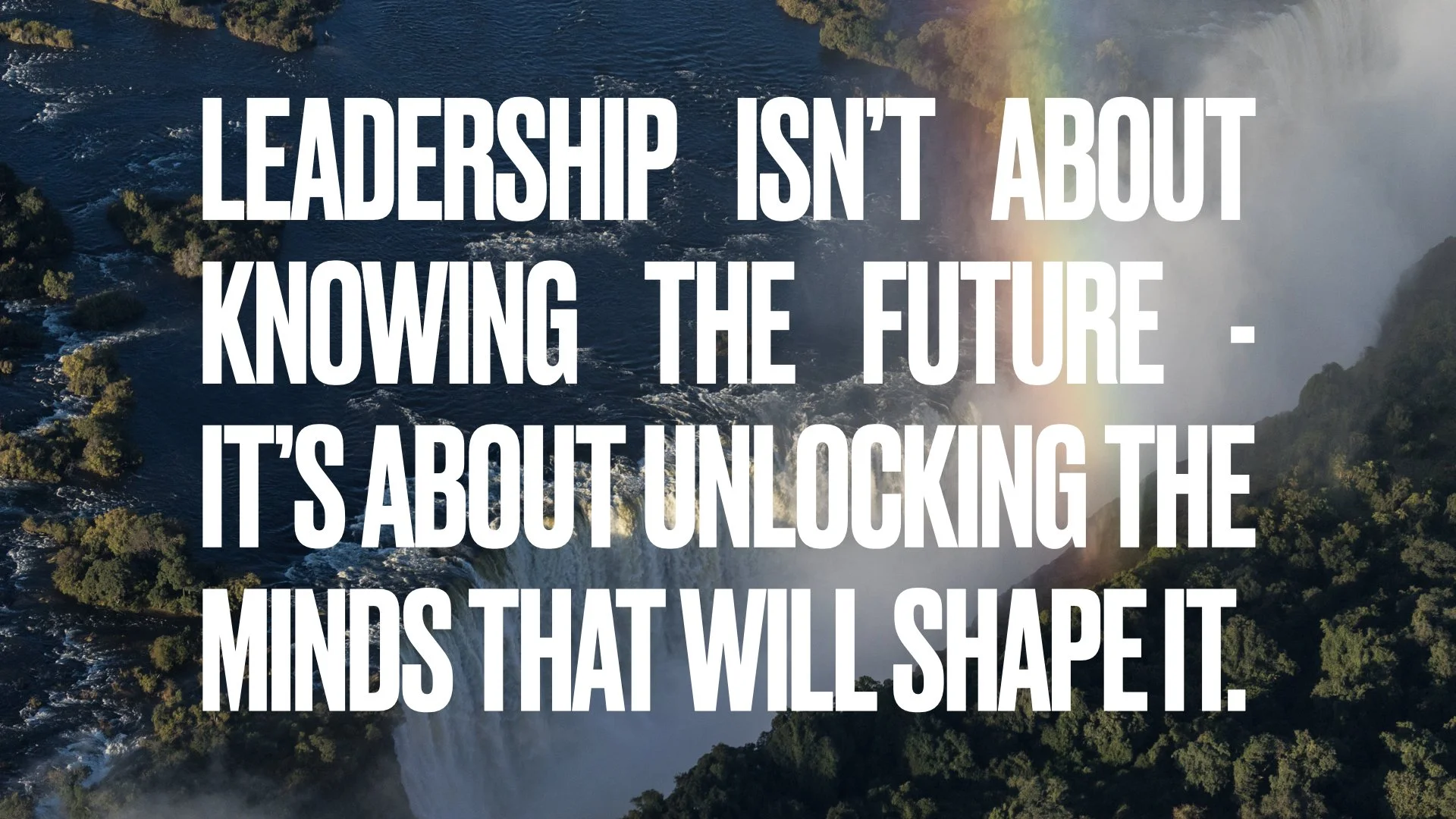Leadership Beyond Control: Designing Organizations That Think Together
In today’s business environment, every decision is a bet on the future.
And the future? It’s uncertain.
That’s precisely what makes leadership so vital—and so risky. The decisions leaders make today shape not only strategies and performance metrics, but the very reality their teams will operate in tomorrow. But here’s the hard truth: no one can predict what knowledge will be relevant down the road—or where it resides right now.
It may be hidden in a quiet voice in the back of the room. Buried in a frontline perspective. Or resting with someone who wasn’t even invited to the meeting.
That’s why modern leadership is not about central control. It’s about unlocking collective intelligence—creating structures and communication environments where diverse knowledge, creativity, and foresight can come to the surface.
This brings us to a recurring organizational paradox:
Hierarchy: Great in a crisis. Dangerous in everyday business.
When speed is essential and the leader knows exactly what to do, hierarchy is unbeatable. It offers clarity, speed, and alignment—three things that can save lives in emergencies.
But what if the leader doesn’t have the right answer?
What if the situation is ambiguous, fast-changing, or beyond the experience of any one individual?
Then, hierarchy doesn’t accelerate performance.
It blinds the organization.
One person leads—not because they’re the most equipped, but because the system says so. Everyone else defaults to compliance. That’s not just inefficient—it’s organizational self-sabotage.
If you’re running your company like an ER 24/7, you’re not leading.
You’re gambling.
From Top-Down to Networked Intelligence
The path forward isn’t to eliminate hierarchy. It’s to use it sparingly—and design complementary systems that enable distributed intelligence. That means:
Creating communication ecosystems where information flows freely and transparently.
Designing decision-making structures that activate the full spectrum of talent and insight.
Interrupting outdated communication patterns that endlessly reproduce the past.
Building cultures where new rules and new futures can emerge—together.
Because intelligence doesn’t come from knowing the future.
It comes from connecting the right minds, at the right time, in the right way.
Smart leadership isn’t about holding all the answers.
It’s about designing the conditions where answers can emerge.
That’s not just a mindset shift. It’s a strategic imperative.

